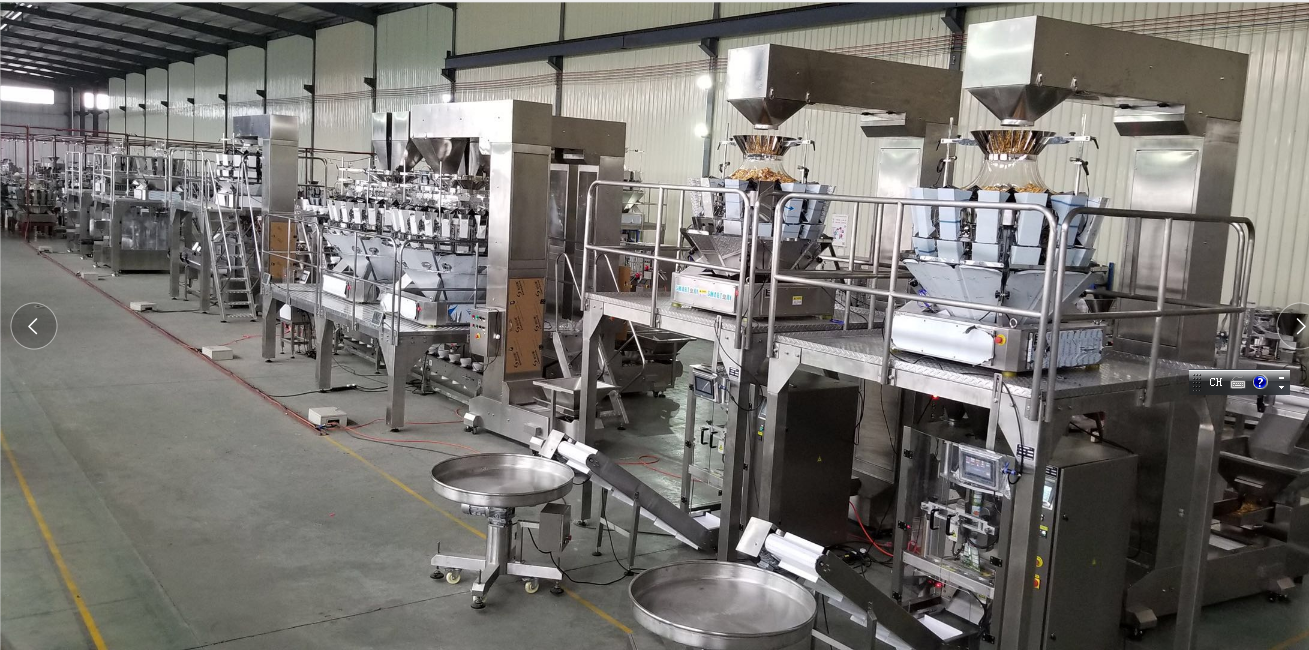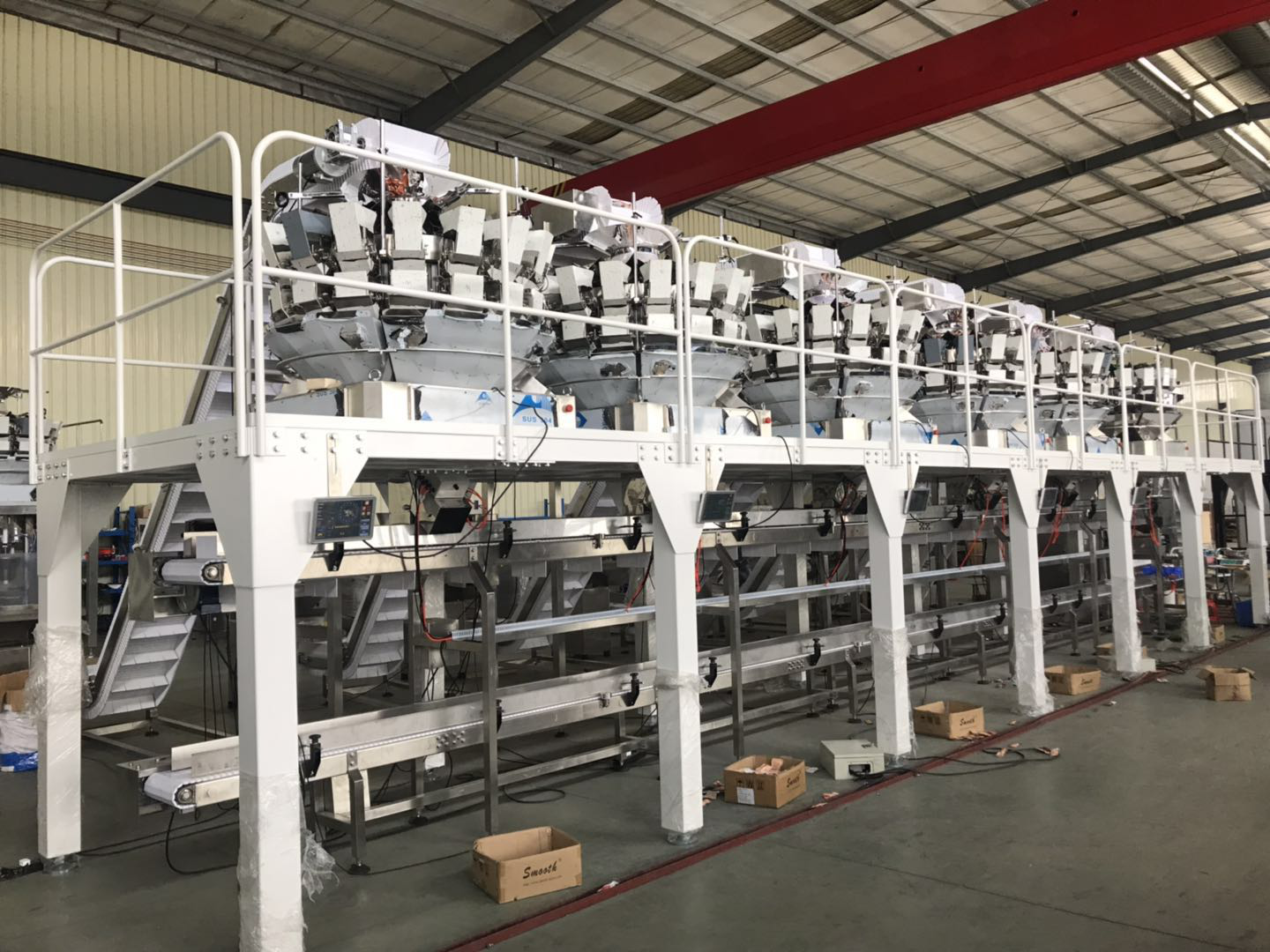Since 2012 - Smart Weigh is committed to helping clients increase productivity at a reduced cost. Contact us Now!
Since 2012 - Smart Weigh is committed to helping clients increase productivity at a reduced cost. Contact us Now!
Automated packaging machines that produce take-aways food packs ,snack enable touch-free service, social distancing capabilities, efficiency, and production capability — key advantages, especially during a pandemic.

COVID-19 has made a major impact on the food packing industry. Since the outbreak in China during Februery in 2020, food manufacture, pharmacies, and other industry have had to address challenges at a quarantine regualtion that had never been taken before. As stay-at-home orders lifted and province lock down, workers can’t go back to work for 2 months, but the requirement of the food are incresing, Food industry were faced with a “new reality”and a new challenge: How can we continue to produce food for 1.4 population short of labor, and how can we be more prepared for the next one?
During this extremely difficult time, food industry are looking for new strategies to increase the production capacity during the pandemic, as it is continuing to alter how we maintence of our daily lives.
It’s crucial that food companies across the country learn these four benefits of packaging
1.Maintain social distance.
Since traditional packing way involved too many workers inline, so many people will stand in a line, which is easiler inffected once one of them carry the virus.
2.Increase efficiency and cost savings
Automated packaging is a cost-effective way that food manufacture can get back on their feet after experiencing reduced revenues and high operating costs from the pandemic. Fully automatic weighing and pouch packaging can attract more than 50 new customers each month, and this can generate in excess of RMB 1 billon in new annual gross turnover. And old customer enlarge their production capacity by investing hundreds of packing stsems. With more customer using automatic packing line, which can save the 5-6 workers labor cost for 100,000RMB in 2 months per packing line, then manufacture can cover the cost of the machine in 5 months.
3.Enable contactless packaging and verification.
With traditional manual food packing, packing are in contact with hundreds, if not thousands, of prescriptions every day. In today’s climate, contactless operation is essential to reducing the spread of germs. Multi-dose packaging and pouch verification machines can package and verify food automatically.
4.Future of automation.
With advanced technologies and automated equipment growing more efficient, food indusrty and their professionals are quickly learning that they can’t afford not to automate. Packinhg shop will become cleaner, safer, and more efficient as technology continues to evolve — and lowered costs of automated systems put automation at reach for even the smallest of food pack.
By offering touch-free service, social distancing capabilities, efficiency and improved gel adherence, packaging automation will benefit food industry today, tomorrow, and in the future. While we don’t know when the next world crisis will occur or when COVID-19 will subside, packaging automation is the next step to running a healthcare facility that can withstand the unexpected.

CONTACT US
Building B, Kunxin Industrial Park, No. 55, Dong Fu Road , Dongfeng Town, Zhongshan City, Guangdong Province, China ,528425
How We Do It Meet And Define Global
Related Packaging Machinery
Contact us, we can give you professional food packaging turnkey solutions

Copyright © Guangdong Smartweigh Packaging Machinery Co., Ltd. | All Rights Reserved